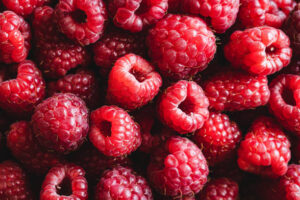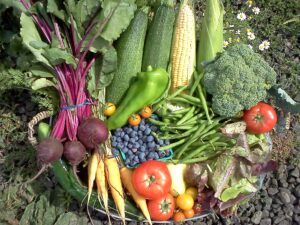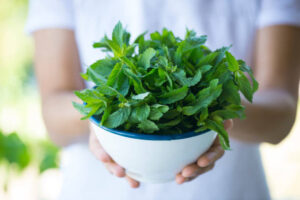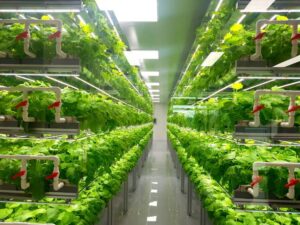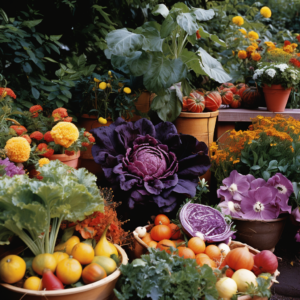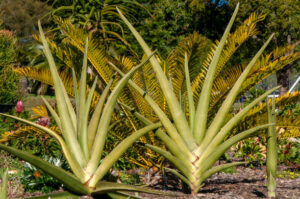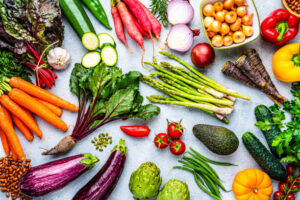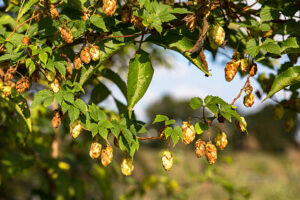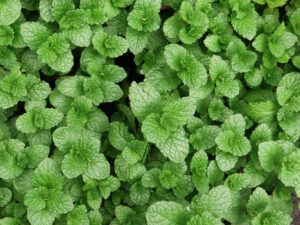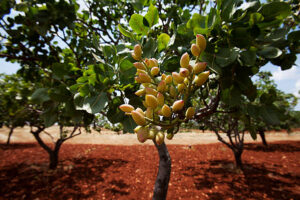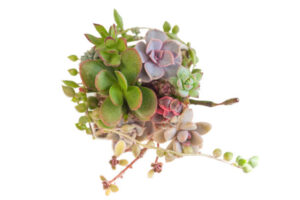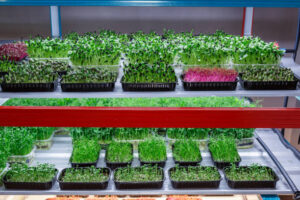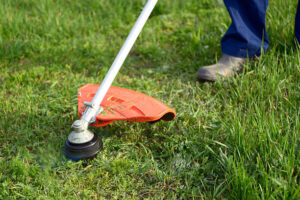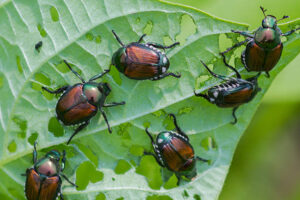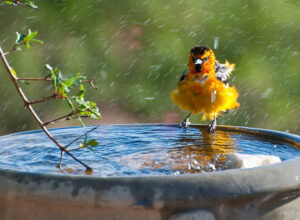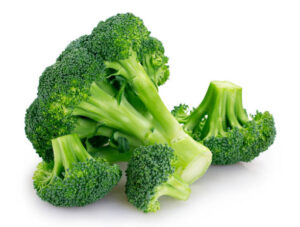Can You Eat Crabapples? Everything You Need to Know
Introduction
Crabapples, with their charming appearance and diminutive size, often find their way into gardens and landscapes, adding a touch of elegance to the surroundings. While these tiny fruits may seem more ornamental than edible, you might be surprised to learn that they are indeed consumable. In this exploration of “Can You Eat Crabapples? Everything You Need to Know,” we’ll unravel the mysteries surrounding these small fruits, examining their taste, culinary applications, and potential health benefits.

The Edibility of Crabapples
First things first, the burning question—can you eat crabapples? The answer is a resounding yes. However, it’s essential to understand that crabapples are not typically enjoyed raw due to their tartness and astringency. Unlike their larger apple counterparts, which are cultivated for sweetness, crabapples are prized for their unique flavor profile and are better suited for culinary endeavors.
Flavor Profile and Culinary Uses
Crabapples boast a complex flavor, combining tartness with subtle sweetness and a touch of astringency. Their taste can vary among different varieties, ranging from mildly tart to puckeringly sour. While eating them fresh might not be everyone’s preference, these tiny fruits shine when used in various culinary applications.
1. Jellies and Jams
One of the most popular uses for crabapples is in the creation of flavorful jellies and jams. Their high pectin content makes them ideal for setting up into a delightful spread that pairs well with both sweet and savory dishes.
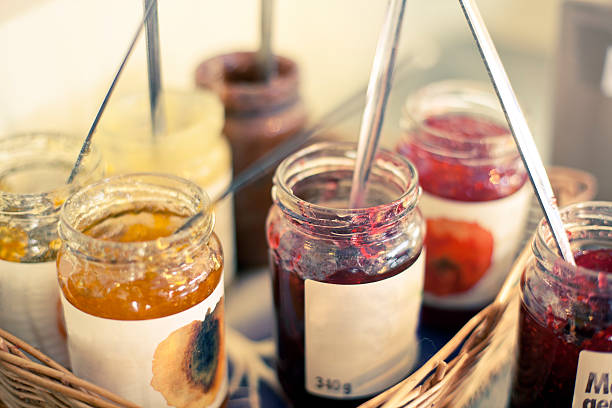
2. Sauces and Syrups
Crabapples can be transformed into delicious sauces or syrups, adding a zingy kick to your favorite recipes. Whether drizzled over desserts or used as a glaze for meats, their unique flavor can elevate your culinary creations.
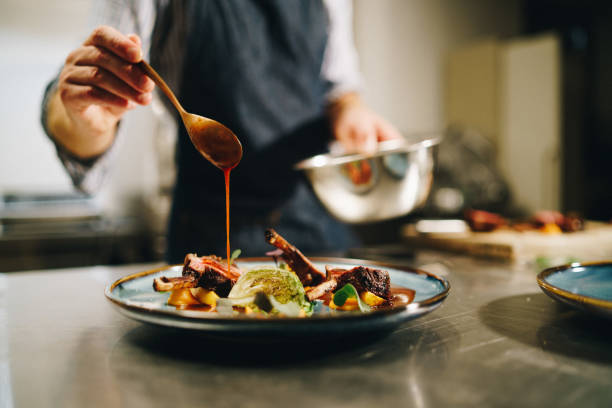
3. Pickled Treats
Pickling crabapples is another creative way to enjoy these fruits. The pickling process enhances their flavor while preserving their crisp texture, resulting in a delightful and tangy snack.
4.Baking Adventures
Incorporating crabapples into your baking endeavors can yield fantastic results. From pies to crisps and tarts, their unique taste adds a twist to traditional apple-based desserts.
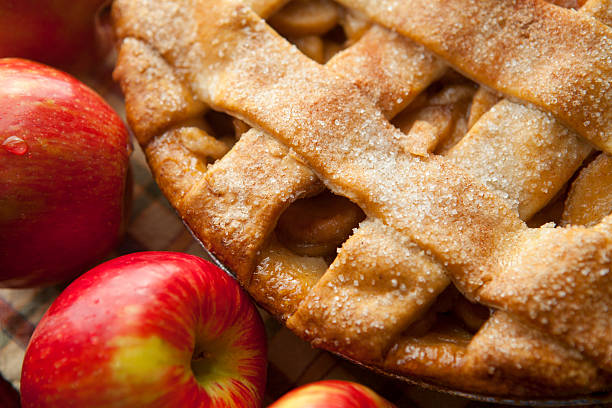
Health Benefits
Beyond their culinary versatility, crabapples also offer some health benefits. Like their larger counterparts, they contain essential vitamins, minerals, and antioxidants. The high pectin content can aid digestion and promote gut health, while antioxidants contribute to overall well-being.
Additionally, crabapples may have anti-inflammatory properties, making them a potentially valuable addition to a balanced diet. While they should be enjoyed in moderation due to their tartness, incorporating them into your meals can be a flavorful and nutritious choice.
Cautions and Considerations
While crabapples are generally safe to eat, there are a few considerations to keep in mind. Some people may be allergic to certain varieties, so it’s advisable to start with small quantities if you’re trying them for the first time. Additionally, avoid consuming crabapples from trees treated with pesticides or other chemicals.
Conclusion
In conclusion, the answer to the question “Can You Eat Crabapples?” is a flavorful yes. These small fruits, often overlooked for their ornamental charm, can bring a burst of unique taste to your culinary adventures. From tangy jellies to pickled treats and beyond, crabapples offer a world of possibilities for those willing to explore. So, the next time you spot these tiny treasures in your garden or at the farmer’s market, consider bringing them into your kitchen for a culinary journey that’s as delightful as it is unexpected.





